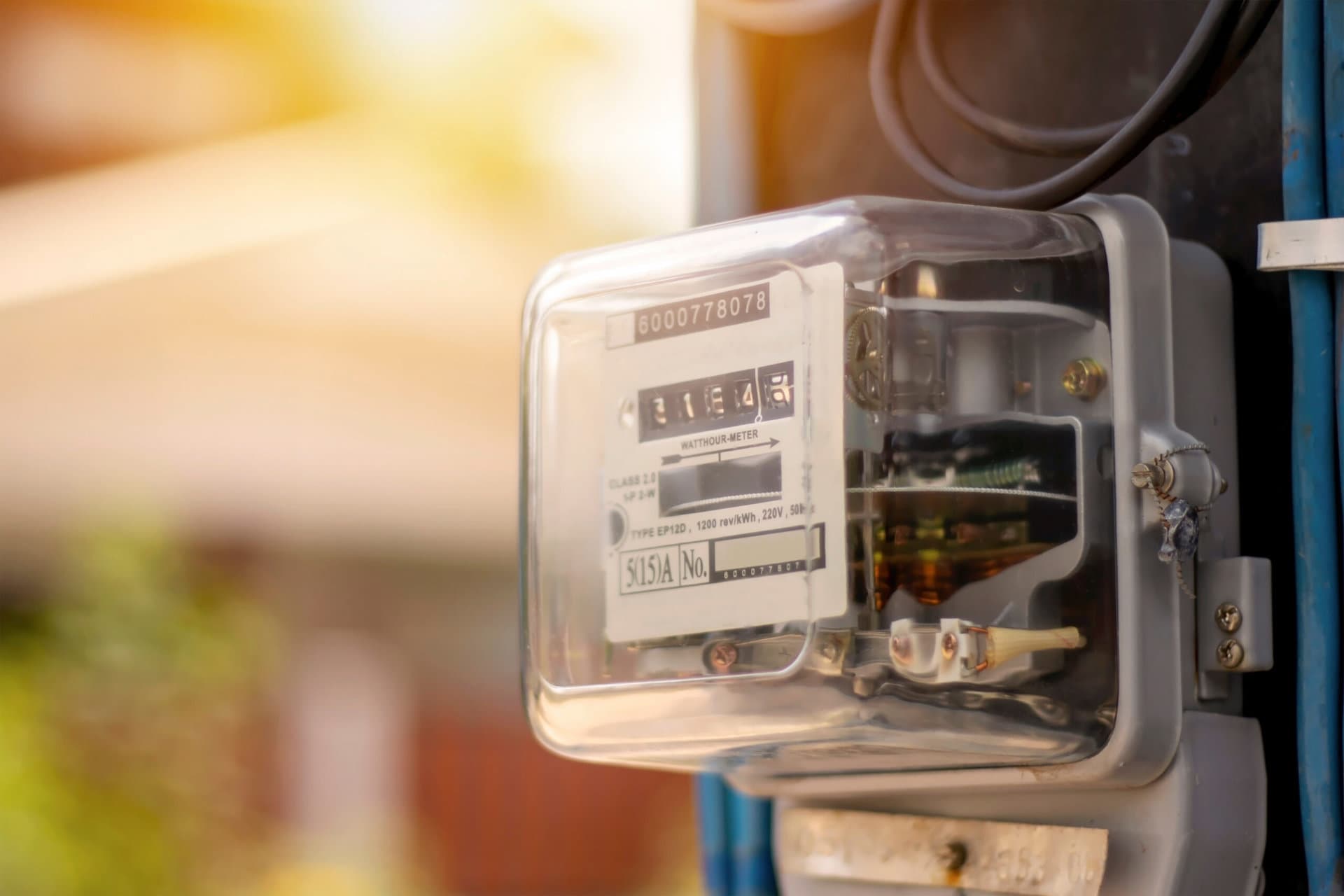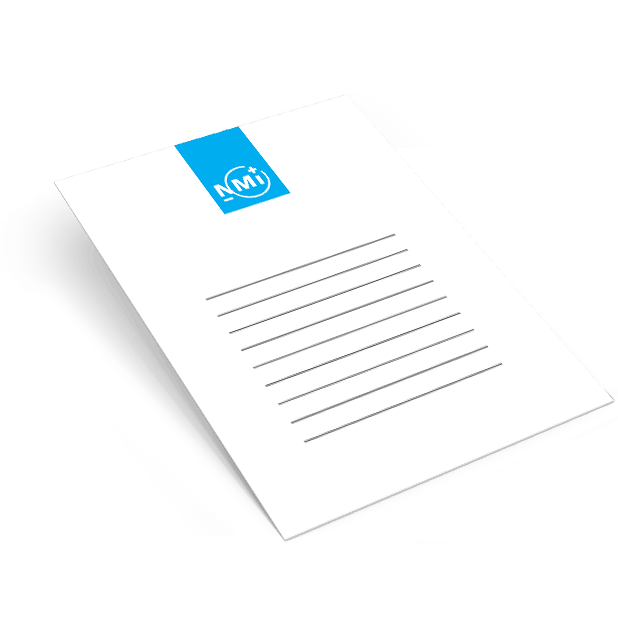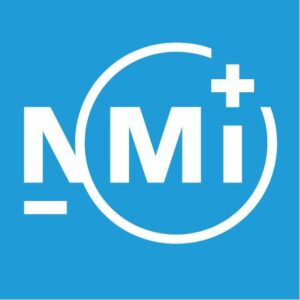
23 Jan Legislation Updates for Electricity Prepayment Meters
Legislation Updates for Electricity Prepayment Meters
23 January 2023
To keep pace with advancements in technology and revisions to other standards, the International Electrotechnical Commission (IEC) has introduced a 2022 version of the 62055-31 standard for electricity prepayment meters – updated from its 2005 predecessor.
In an age of rapid technological innovation, legislation can quickly become outdated. Those who work with electricity prepayment meters will find this rings true, given the 17-year gap between revisions of the IEC 62055-31 standard, which concerns ‘static payment meters for active energy’. But as well as the changes in technology that have occurred since 2005, the 2022 update of IEC 62055-31 grew in urgency following revisions to the IEC 62052-11 2020 standard – referring to all electricity meters – and the IEC 62052-31 2015 safety standard. This is because standards often exist in ‘families’, meaning there is a co-dependency between them; changes to one impact the others. NMi has held its accreditation for the IEC 62055-31 standard since 2017.
To understand the impact this will have on manufacturers and end-users, it’s helpful to take a step back and analyse why countries use prepayment meters in the first place and how they differ from regular electricity meters.
Popularity in UK and SA
Prepayment electricity meters tend to be found in the UK, India, and South Africa. The latter has its own separate standard: the SANS 1524-1. The high number of rental accommodations in the UK explains the increased usage of prepayment meters, as tenants want to trust that the energy they consume matches what they pay for in that specific rental period. In South Africa, their widespread use is driven more by the difficulty in paying electricity bills and the need to guard against electricity theft and tampering.
Yet, prepayment meters may be widely adopted across more countries, especially as energy bills rise rapidly. Meters can help households budget their electricity use, tailoring consumption to how much they can afford while also becoming a tool to control CO2 emissions.
Key differences
Standard meters and prepayment meters effectively work in opposite ways. With a standard meter, energy is consumed, the meter takes a reading, and the user receives a bill and pays a fee. Prepayment meters follow this process in reverse, with the user purchasing a virtual or physical token, allowing them to consume energy. When their payment runs out, their electricity supply is cut off.
There are also different categories of prepayment meters. Some have an integrated display, a keyboard interface in which tokens are inserted, and a load control switch that opens when the credit has expired. The switch can also be used for power limiting, tampering detection, and in cases of voltage, frequency, or temperature irregularities. Other meters are split, consisting of two components: a kWh meter located inside an outdoor sealed cabinet or on top of a pole (inaccessible for the user) and a separate customer unit interface (CIU) displayed inside the customer’s house. At least three types of communication are possible, through power lines, wireless or an auxiliary circuit.
Prepayment meters also require some additional tests compared to standard meters. For example, the latter would never need a keyboard, and there are other functionalities, such as mechanical requirements specific to prepayment meters. The separate CIU interface would need to be tested too. A ‘robustness of accounting’ check also helps to guarantee that the amount of electricity consumed is the same as that subtracted from the purchased amount.
A new standard: what does it mean?
Before the 2015 version of the IEC 62052-31 safety standard, there was no guidance on testing supply control and load control switches, except for Annex C of the 62055-31 standard. Though this refers to prepayment meters, it was the only standard manufacturers could turn to for legislation relating to meter switches. After 2015 and the introduction of new guidance for these switches, the opposite occurs, whereby manufacturers use this safety standard for up-to-date guidance. The new 62055-31 standard codifies this process: Annex C now refers to the 62052-31 standard.
Another change is that most tests now reference the 2020 62052-11 standard, cementing the alliance the 62055-31 standard shares with higher standards. Consequently, the prepayment meter must comply, for example, with additional accuracy tests, repeatability tests, EMC tests, safety tests, voltage, surge and dielectric tests, and a 1000-hour durability test, all of which were only partially present in the previous IEC 62055-31 standard. While the meter type approval costs may increase due to the increased number of tests, so too does consumer confidence in the approved kWh meter.
Moreover, this interconnectedness should make international compliance easier and allow customers to engage with more markets. There is also a new accuracy class of 0.5, in addition to the existing 1 and 2 classes. In this instance, legislation could spur innovation, with manufacturers able to aim for a higher level of accuracy for their products.
As the 62052-31 safety standard does not consider testing auxiliary control switches, the 62055-31 fills in this gap. It also outlines that testing the operation of the supply control switch – as the main switch – should take precedence over the testing of the load control switch.
The 62055-31 standard is already live, and NMi has begun testing according to this new standard and the 62052-11 and 62052-31 standards. The 2018 SANS 1524-1 still needs to be updated to include reference to the IEC 62055-31: 2022. Work is underway to produce a new version.
NMi provides trusted guidance
We are busy supporting customers to adjust to this new standard. NMi is accredited and has experience testing according to the whole family of standards related to the IEC 62055-31, with the ability to guide manufacturers of prepayment meters through all the new and existing tests.
The standard may impact the meters’ design, considering its link to the IEC 62052-11:2020, IEC 62052-31:2015 standards and the introduction of an additional accuracy class. Gaining familiarity with the new standard will bring clear benefits, such as the ease of international compliance and broader market acceptance.
For end-users, the link to the safety standard promotes safer meters. Furthermore, introducing new tests and a higher accuracy class reduces the risk of over- or underpaying. The result is more accurate, safe, reliable, and durable meters.
The process of passing new legislation is time-intensive, so updating the 62055-31 standard should be welcomed. However, some manufacturers might need extra time to adapt to the new standard/s. Further updates will inevitably be required in the future, at which time NMi will be on hand to continue supporting customers through the transition.





